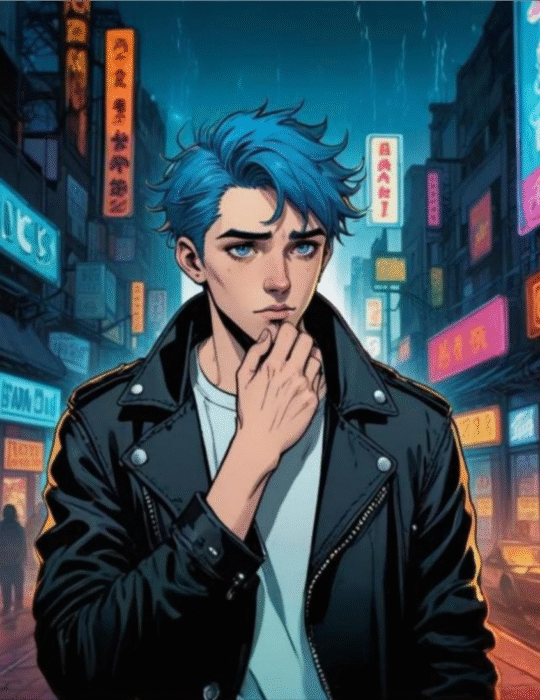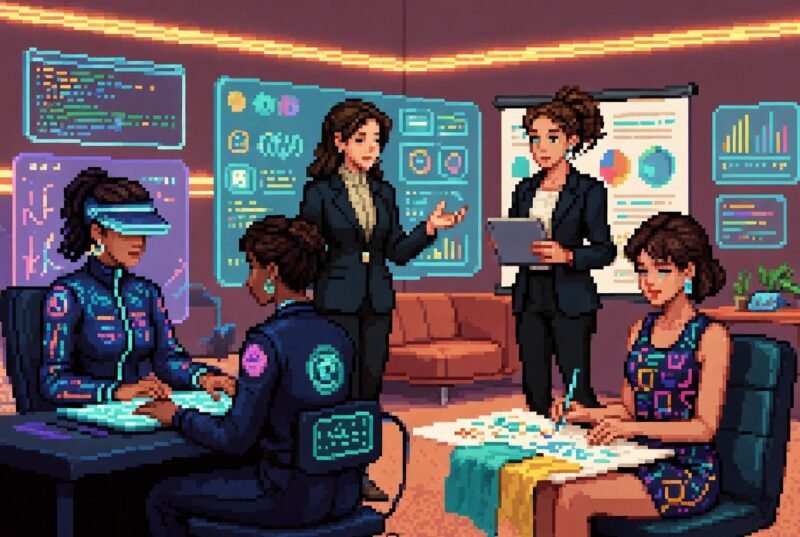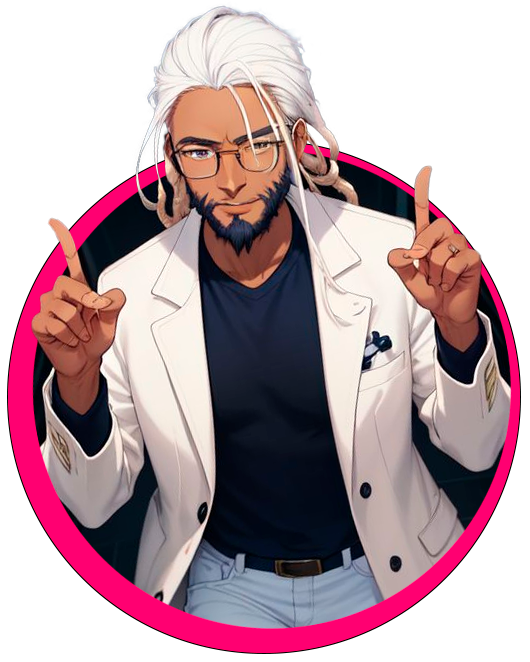On December 4, 1986, the UN took a historic step by adopting the Declaration on the Right to Development. Imagine the boldness: declaring that development is not just a goal but a fundamental human right. More than a formality, this declaration opened the doors to innovation, recognizing that economic and social progress depends on policies that value creativity, culture, and collaboration.
In the creative economy, this right comes to life. Transforming ideas into value, promoting inclusion, and driving innovation are the pillars of development that is both sustainable and accessible. Let’s dive into what this means for creators and professionals.
🌱 1. The Right to Development: A Visionary Idea
The UN Declaration wasn’t just symbolic. It laid the foundation for initiatives that put creativity at the heart of progress strategies. Recognizing development as a right means recognizing that every person and community has the potential to drive meaningful change.
Creative Takeaway:
For creators and entrepreneurs, this means your creativity isn’t just a skill—it’s a valuable resource and a tool to transform realities.
🎨 2. Creative Economy: A Driver of Sustainable Development
The creative economy is the right to development in action. By blending culture, technology, and innovation, it’s a sector growing faster than many traditional markets, generating jobs, inclusion, and social impact.
Pro Tip:
Whether it’s in design, storytelling, or technology, invest in ideas that value diversity and create inclusive opportunities. Products and services that promote cultural and social well-being are more likely to stand out.
🌍 3. Sustainable Development and Creativity Go Hand in Hand
The creative economy goes beyond profit. It contributes to the Sustainable Development Goals (SDGs) by promoting inclusion, education, and innovation. Businesses and creators have the power to balance economic progress with social impact.
Pro Tip:
Align your brand or project with relevant causes like inclusion and sustainability. This not only creates value but also strengthens emotional connections with your audience.
💡 4. Opportunities for Creators and Entrepreneurs
As creativity becomes a strategic resource, the opportunities for creators are endless. From developing new narratives to leveraging technology to connect people, the field has never been more open to innovation.
Pro Tip:
Adopt a mindset of continuous innovation. Test new ideas, collaborate across sectors, and push your vision beyond the conventional.
HUD for the Right to Development:
🎯 Mission: “Transform Creativity into Impact”
Objective: Use creativity as a tool for sustainable development and inclusion.
📊 Creator Status
- Social Impact Level: 8 (High Difficulty)
- Sustainable Innovation XP: 3.5k / 5k XP
- Inclusion Hearts: ❤️❤️❤️❤️ (4/5 – Each heart represents an inclusive initiative)
🏅 Creative Development Skills:
- 📘 Knowledge: Strategies for Sustainability and Inclusion – Level 5/5
- 🤹♀️ Abilities: Creating Value & Social Impact – Level 4/5
- 🎖 Attitude: Collaborative Vision – Gold Medal 🥇
- 📢 Visibility: Cultural Relevance – 2.9k 💥 / Max: 4k XP
- 🏛️ Environment: Collaborative Community – Skull 🎭 (Fosters connections and builds impactful networks)
🐙 Conclusion:
The Declaration on the Right to Development was a milestone that reminds us: development is a human right, and creativity is a transformative resource. Whether in design, music, or technology, every creation has the potential to generate positive and sustainable impact.
💬 PS: If you made it this far, congratulations! You’re more visionary than someone mapping out the future with a folded map.








